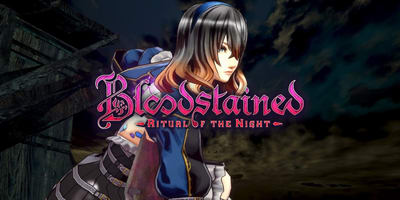
Bloodstained: Ritual of the Night Review
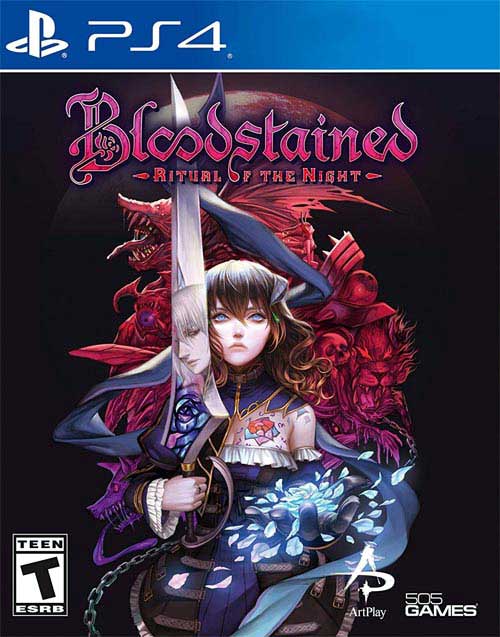
Pros
- A massive amount of customization and choices
- Large castle with plenty to discover
- Brings enough new ideas to the table
Cons
- Story isn't the most in-depth
- The game is more on the easier side
- Not enough quality to the optional quests
It’s been 11 years since the last real Castlevania game released on the Nintendo DS, Castlevania: Order of Ecclesia. You may wonder why Castlevania is mentioned at all, well, that’s because Bloodstained is the new creation from the metroidvania creator of the Castlevania series, Koji Igarashi. Konami’s problems have been well documented over the last generation and one of the biggest casualties was the Castlevania series. If you loved the metroidvania genre, games that feature a progression system where you gain new abilities and items to reach new areas, then the Nintendo DS and Gameboy Advance was the a good time. Konami and Koji Igarashi, released multiple Castlevania games throughout both platforms and they were a joy to play. However after Order of Ecclesia on the Nintendo DS, Koji Igarashi never worked on a real Castlevania game again and it’s taken until now, helming his new studio, Artplay, to create a new successor in Bloodstained.
There’s a fantastic range of different locales to see.
Indeed, Bloodstained is every bit a Castlevania game with all the same trappings and story beats of his previous games he produced for Konami. It resembles the Castlevania: Aria and Dawn of Sorrows games where the character you control has the ability to learn and absorb Shards (or Souls in the case of Castlevania) from your enemies and take on their abilities. Along with a multitude of weapons, accessories and armor to equip, this gives you a huge amount of customization on how you wish to tackle the game and it’s this level of freedom that sets the tone for what’s to come after. It’s this freedom in how you approach the game that really sets Koji Igarashi’s metroidvania games apart from the Castlevania games that came after. The genre has come a long way since Order of Ecclesia where there wasn’t much competition in the genre, greats such as Hollow Knight have appeared and really elevated the genre so there’s a lot of expectations around Koji Igarashi’s first new game in over a decade.
The story is set in the backdrop of the industrial revolution where man began to look away from spiritual guidance. At the heart of this is the Alchemist Guild, an organization that would do anything to keep their worth to their backers that provide them the resources to conduct their research. They unleash an army of demons by infusing humans with Shards to summon them from the underworld and set them upon the people. Only two survived the culling of Shardbinders, Gebel, a young man and Miriam, the protagonist of the game. The story isn’t much to write home about but it does just enough to keep you ticking along in your quest and giving justifications to your abilities. Miriam, being a Shardbinder, has the ability to absorb these Shards from the Demons you defeat and take on their powers and every single one of the Demons you encounter will have a Shard for you to try to track down. There are cutscenes along the way and you’ll meet a colorful cast of characters but there’s not too much depth to them and the dialogue can be one note at times. If you’ve played any of Koji Igarashi’s previous Castlevania games, you’ll know to expect a somewhat simple story with acceptable dialogue. The game does manage to keep enough intrigue in there and there’s a few twists and turns along the way which piques your interest but it’s safe to say the story is not the main focus here.
There are many characters who offer optional but rewarding tasks.
Don’t let that dissuade you from the game however as the gameplay and options are so vast, that it makes up for the shortcomings there. To begin with, you have ten different weapon types to use, all of which have their own techniques to learn and playstyle that accompanies them. Want to stay back and have breathing space between you and the enemy? Then go with the Spear as you poke away from a distance or perhaps you want to favor power over all else, then the Great Sword is your weapon of choice with its slow arcing strikes but heavy damage. There’s a lot to choose from and there are many weapons in each category to hunt down. There are many different types of Armor to select, all of which are useful for certain tasks and affect your stats in different ways. For example, you may need to a particular piece of armor to help you get through a room full of deadly traps. Some of the Armor even alter Miriam’s appearance along with every single Head piece of armor changing your look such as veils, masks and more. On top of this, you can meet someone who will not only change Miriam’s hair color but also give you new styles based on books that you can find scattered about the castle. This all gives you the true feeling of crafting your own Miriam and one that really fits your own playstyle and it’s here where the game shines.
The Shard system is perhaps the most intriguing part of Bloodstained and takes that customization even further. Shards come in various types and all of them are obtained from defeating the associated Demon, for example a hulking monstrous canon based enemy will drop the Shard allowing you to shoot blasts of fire. Miriam has the ability to equip Passive, Conjure, Manipulative, Directional and Familiar Shards all at once per each equipment loadout you choose. In each category, there are many different types and all of them change the way you play the game and approach the enemies. Passive Shards for example have no direct ability but will have effects such as increasing Sword Damage or your Luck Stat. Conjure Shards are your basic abilities and have the most Shards out of any other category, here you’ll find abilities such as tossing giant axes at foes or summoning a group of paintings to protect you from damage. Next up you have the Manipulative category that will allow you to affect the world itself such as stopping time or pulling objects with a giant hand while Directional abilities conjure effects from your position such as a breath of poison or shooting yourself through tiny gaps. Finally, Familiar Shards are exactly as they sound, you’ll gain a Familiar that will be active at all times and will assist you in taking down your foes.
As you can see, there are so many to track down with varying differences and gameplay styles that every player will approach the game in a different way. It’s here where the game gives you the tools to progress through the castle like many other metroidvania games. You’ll need to find particular Shards to open new routes through the castle such as one Shard that will allows you to reflect yourself off mirrors and reach otherwise inaccessible areas. All of this on top of the already robust equipment selection really does give you a lot of freedom and many things to do, gaining multiples of the same Shard for example will power it up and enemies can also drop equipment and items on top of the Shards themselves so you’ll always find yourself with something to hunt.
There are many different abilities and equipment to use to take down your enemies.
To give you even more choice, the game features an Alchemy system where you can use materials that you find to craft new equipment or even new Shards altogether, indeed some of the most powerful equipment can only be obtained in this manner. The Alchemy system also ties in heavily with many of the quests you can undertake such as cooking meals for one particular villager or crafting specific gear for another, it all works together well and compliments each other really well. For completionists, there’s a database that tracks your percentage of all equipment, enemies and Shards and tracking every last one down is fun in its own right as you progress through the castle toward your goal. On top of that, there’s the map percentage to complete as well, as you cover more of the map you’ll increase your percentage and to see everything there is to see you’ll need to strike at walls and ceilings to find hidden passages.
The areas themselves are varying enough and don’t outstay their time for too long, you’ll encounter locales ranging from large gardens and desert ruins to grand libraries and underwater caves, all with their own catchy music arrangement that helps to bring them life. There are some tracks that don’t quite live up to the greatness of some of Koji Igarashi’s past Castlevanias but some are truly remarkable and you’ll find yourself humming them before long. The art style may not be to everyone’s taste, a combination of 3D on a side scrolling plane but it works well for the game that Bloodstained is and is more than serviceable. Technically, the game has a long initial load for each time you start the game up but after that, the entire castle is seamless and you can travel through the castle with ease and without hassle.
Fantastic Successor
Bloodstained: Ritual of the Night is a fantastic game and is a sequel to Koji Igarashi’s Castlevania games in all but name. There’s enough familiarity there but also many new ideas which will please newcomers and veterans alike. It may have been a long time coming but Koji Igarashi’s return has been well worth the wait.
Gameplay:
Sound:
Graphics:
Story:
Value Rating:

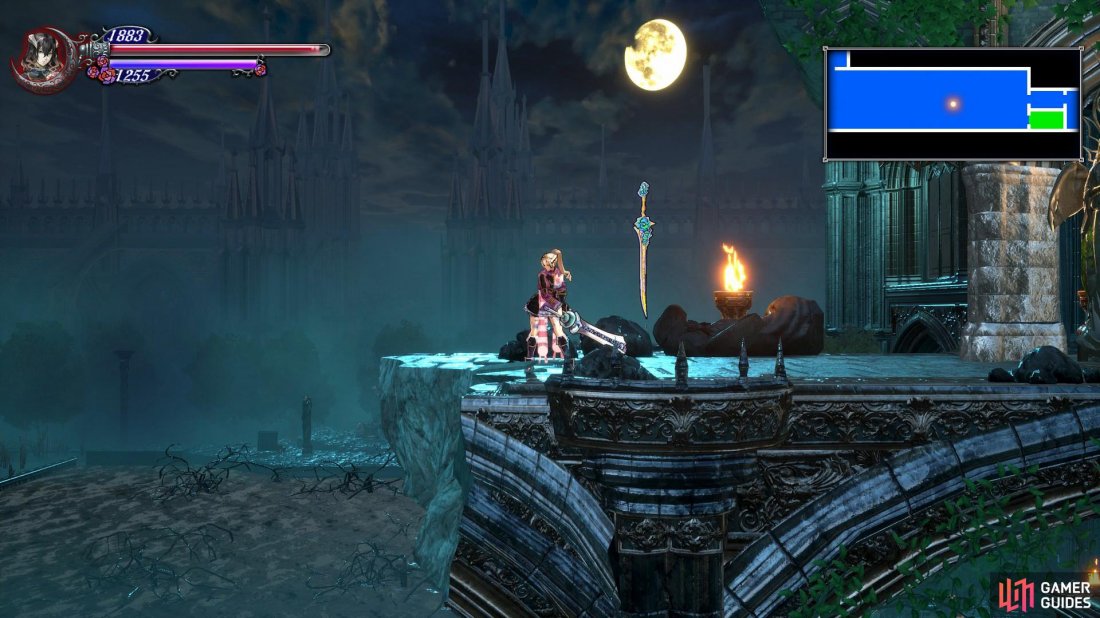
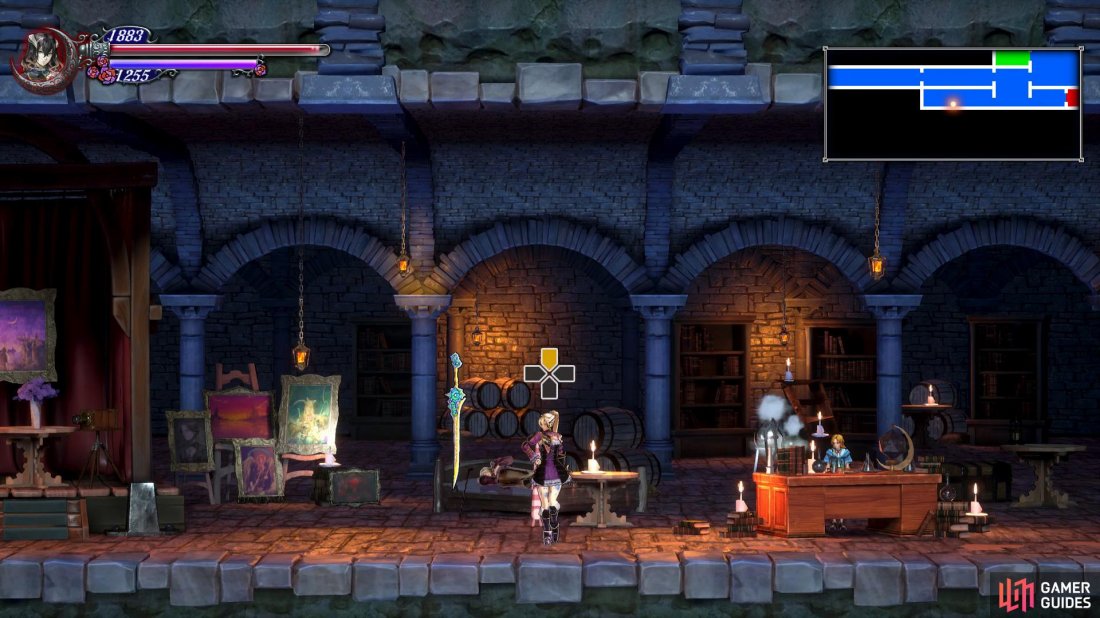
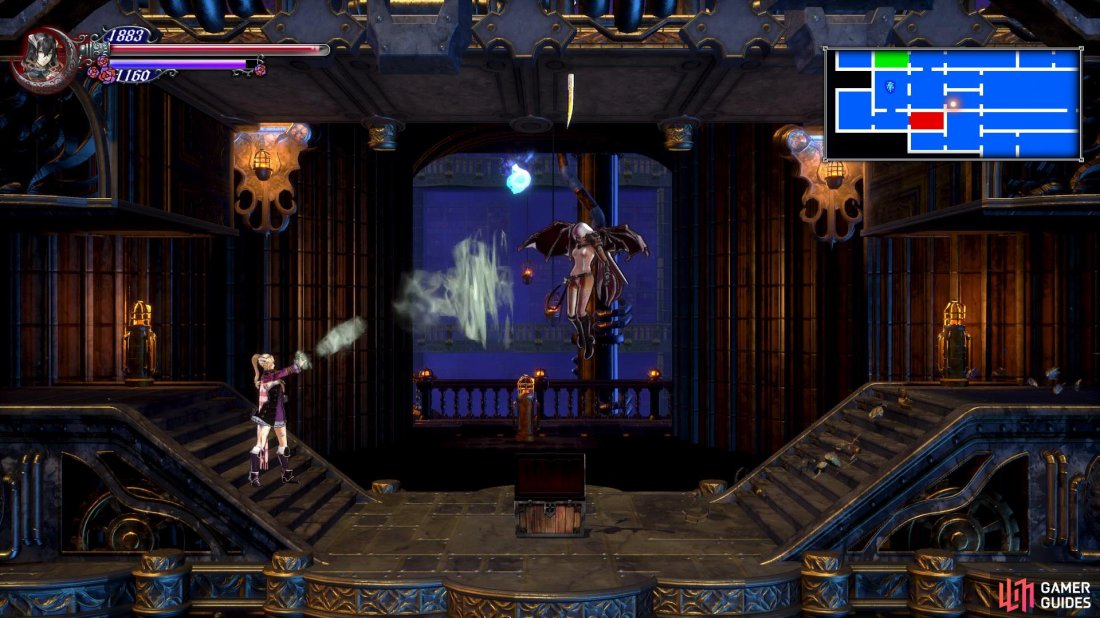
 Sign up
Sign up
No Comments